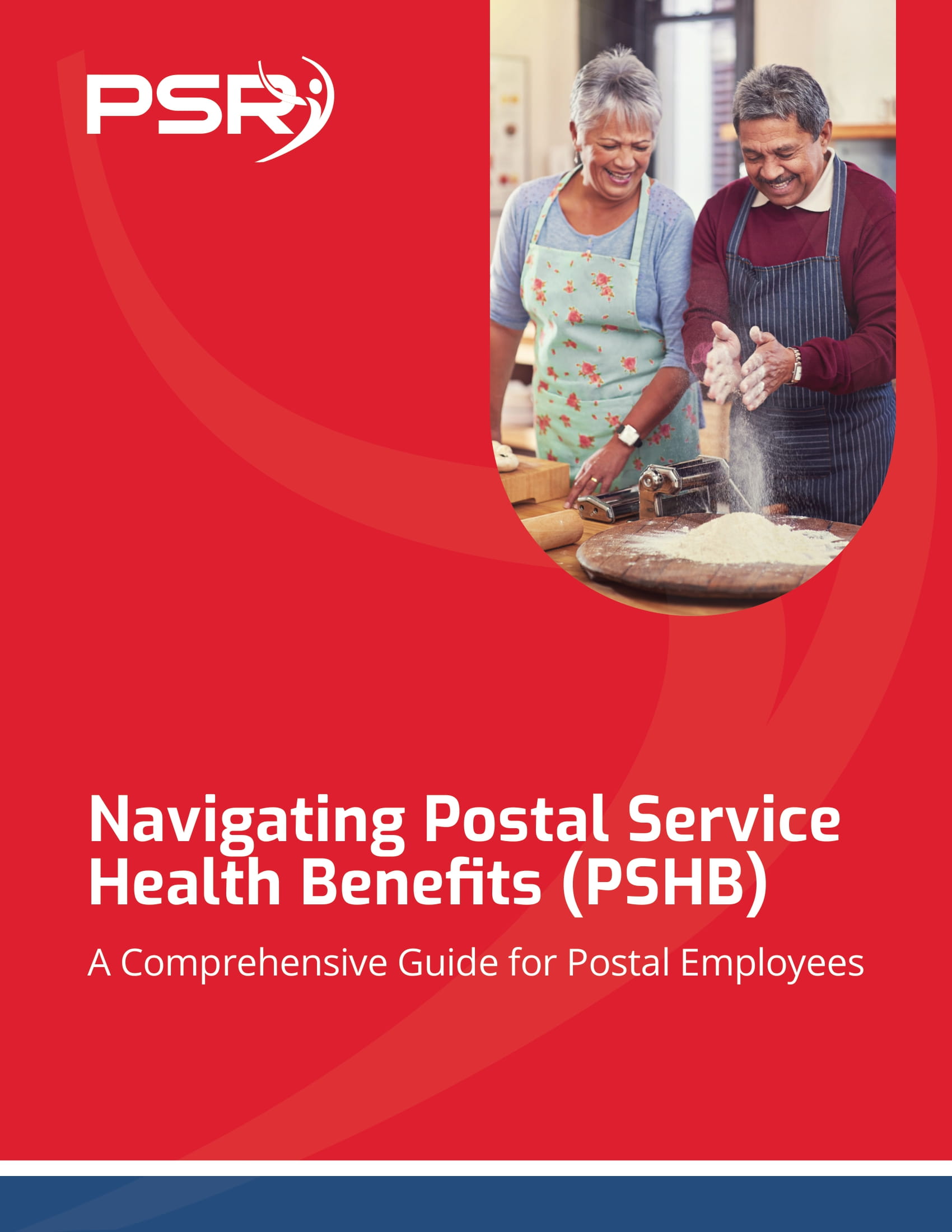Key Takeaways
-
Understanding lesser-known retirement strategies can significantly enhance your financial security and peace of mind.
-
Leveraging federal benefits wisely ensures a smoother transition into early retirement while maximizing your resources.
Rethink Your Retirement Timeline
- Also Read: The Side of Civilian Military Employment Benefits Nobody Mentions Until After You Retire
- Also Read: 4 Things You Should Consider Before Deciding When to Start Your Social Security Payments
- Also Read: Are You Eligible for the Federal Employee Retirement System (FERS)? Find Out Here
To make early retirement work, start by calculating your retirement benefits under different scenarios. Use tools like the FERS Retirement Calculator to estimate your annuity, and factor in the reduction for early retirement if applicable. Knowing how much income to expect can help you decide whether adjusting your timeline is worth it.
Consider Deferred Retirement
If you’re not ready to commit fully to retirement but want flexibility, deferred retirement may be an option. This allows you to leave federal service before reaching your MRA and later claim your benefits without penalties at age 62 or older. Deferred retirement doesn’t include continued FEHB benefits, but it’s an option to keep in your back pocket for maximizing flexibility.
Master the Thrift Savings Plan (TSP)
Your TSP is a cornerstone of your retirement strategy, and using it effectively can make or break your early retirement plans. For 2025, the contribution limit is $23,500, with an additional $7,500 catch-up contribution if you’re 50 or older. Maxing out your TSP contributions ensures you’re building a solid financial foundation.
Take Advantage of Catch-Up Contributions
The years leading up to your retirement are critical for bolstering your savings. If you’re over 50, take full advantage of catch-up contributions. These extra funds can significantly boost your retirement savings and provide a safety net for early retirement.
Choose Your Withdrawal Strategy Wisely
Once you’re ready to tap into your TSP, selecting the right withdrawal strategy is crucial. Whether you choose monthly payments, periodic withdrawals, or a lump sum, ensure your strategy aligns with your retirement goals and minimizes tax implications. Remember, TSP withdrawals are fully taxable, so factor this into your financial planning.
Coordinate with Medicare and FEHB
Healthcare is one of the biggest concerns for early retirees. As a federal worker, you have the advantage of FEHB, which offers comprehensive coverage. If you’re retiring before age 65, FEHB can act as your primary healthcare coverage until you’re eligible for Medicare.
Integrate FEHB and Medicare
Once you turn 65, coordinating your FEHB benefits with Medicare can save you money and expand your coverage. Enrolling in Medicare Part B is especially beneficial, as many FEHB plans reduce deductibles and copayments for enrollees with Medicare.
Be Mindful of Open Season
Each year, during Open Season, you can review and adjust your FEHB plan. If you’re planning for early retirement, use this opportunity to ensure your coverage aligns with your anticipated healthcare needs.
Optimize Social Security Benefits
Social Security is another key component of your retirement income. While you can start collecting benefits as early as age 62, delaying until full retirement age (FRA) or even 70 increases your monthly payment. For federal workers considering early retirement, balancing when to claim Social Security is crucial.
Utilize the FERS Special Retirement Supplement
If you’re retiring before age 62 and meet the eligibility criteria, the FERS Special Retirement Supplement bridges the gap until you qualify for Social Security. This supplement approximates the Social Security benefits you earned during your federal service and can be a significant financial boost during the early years of retirement.
Factor in the Earnings Limit
If you plan to work after retiring, be aware of the Social Security earnings limit. For 2025, earning more than $23,400 annually before reaching your FRA reduces your benefits by $1 for every $2 earned. This limit applies only to wages and not investment income, so plan accordingly.
Unlock the Power of Lifestyle Adjustments
Retiring early isn’t just about financial readiness—it also requires rethinking your lifestyle. Federal workers often underestimate the impact of day-to-day expenses on their retirement budget. Making small adjustments now can lead to significant savings and help you retire happier.
Downsize Smartly
Consider downsizing your home or moving to a location with a lower cost of living. This change can free up funds and reduce expenses like property taxes and maintenance. Federal retirees also have access to programs that make relocation more affordable, so research options available to you.
Embrace Frugal Living
Adopting a frugal mindset doesn’t mean sacrificing enjoyment. Instead, focus on prioritizing experiences and cutting unnecessary expenses. Simple changes like meal planning, using public transportation, or renegotiating service contracts can add up over time.
Find Purpose Beyond Work
Early retirement often leads to an identity shift. To maintain happiness and fulfillment, explore hobbies, volunteer work, or part-time opportunities that align with your passions. Staying active and engaged not only improves your quality of life but can also supplement your income.
Final Thoughts for a Fulfilling Retirement
Early retirement is a goal within reach for many federal workers, but it requires careful planning and a willingness to adapt. By leveraging your federal benefits, optimizing financial strategies, and rethinking your lifestyle, you can retire happier and more secure. Start today by evaluating your options and crafting a plan that aligns with your dreams.











